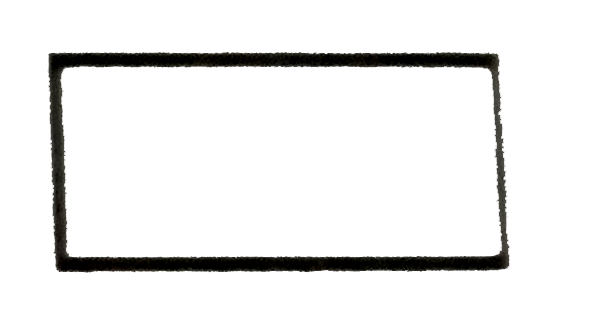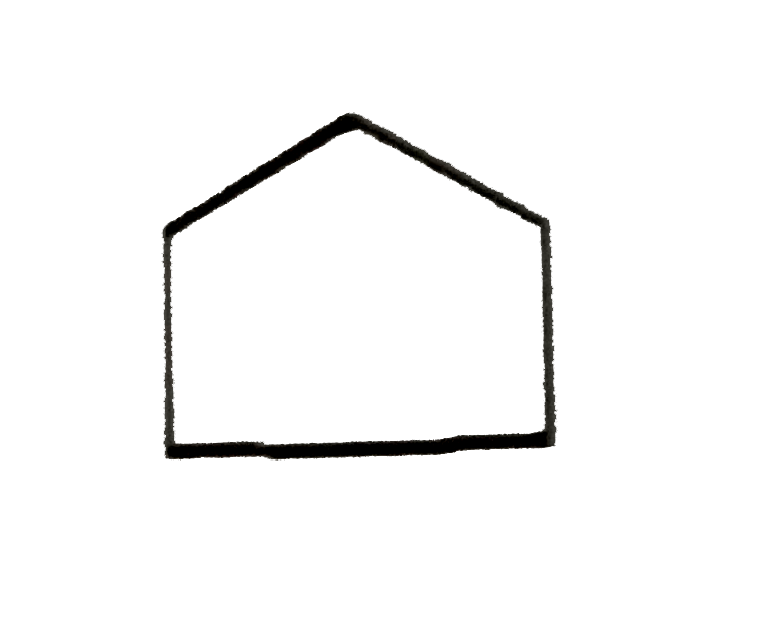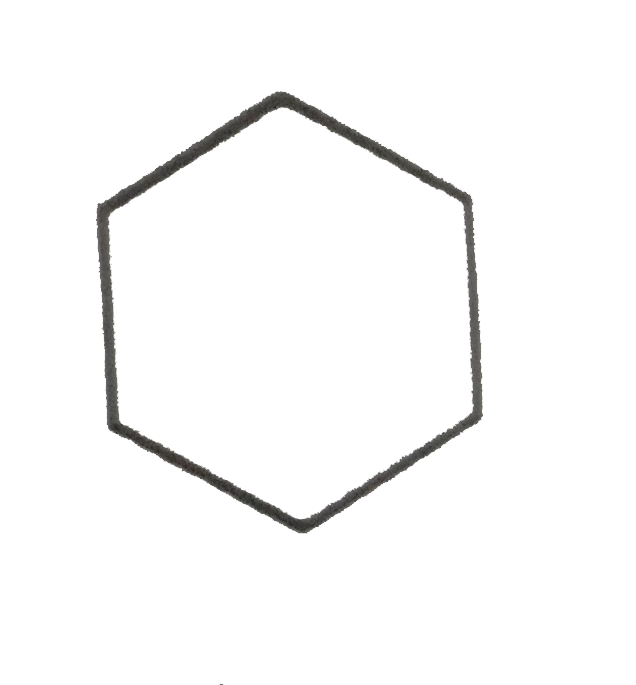Which of the following cyclic molecules should be most reactive ?
A

B

C

D

Video Solution
Text Solution
The correct Answer is:A
Out of cyclopropane, cyclobutane, cyclopentane, cyclohexane the most reactive cycloalkane is cyclopropane due to maximum angle strain.
|
Topper's Solved these Questions
- BASIC PRINCIPLES OF ORGANIC CHEMISTRYBOOK - DINESH PUBLICATIONCHAPTER - BASIC PRINCIPLES OF ORGANIC CHEMISTRYEXERCISE - REVISION QUESTIONS FROM COMPETITIVE EXAMS.
192 Videos
- BASIC PRINCIPLES OF ORGANIC CHEMISTRYBOOK - DINESH PUBLICATIONCHAPTER - BASIC PRINCIPLES OF ORGANIC CHEMISTRYEXERCISE - SELECTED STRAIGHT OBJECTIVE TYPE MCQS
64 Videos
- ALKALI EARTH METALSBOOK - DINESH PUBLICATIONCHAPTER - ALKALI EARTH METALSEXERCISE - Unit test-12
5 Videos
- BIOMOLECULESBOOK - DINESH PUBLICATIONCHAPTER - BIOMOLECULESEXERCISE - MATRIX - MATCH TYPE
8 Videos
Similar Questions
Knowledge Check
Which of the following carboxylic acids is the most reactive towards esterification ?
A(CH3)3CCOOHB(CH3)2CHCOOHCCH3CH2COOHD(C2H5)2CHCOOHWhich of the following is most reactive ?
AH2BH (nascent)CD2DH (atomic)Which of the following compound is expected to be most reactive?
AEthaneBEtheneCPropaneDHexane
Which of the following carboxylic acids is most reactive toward esterification ?
View SolutionWhich of the following isomeric compounds is most reactive ?
View SolutionWhich of the following among alkali metals is most reactive ?
View SolutionWhich of the following compounds is the most reactive nucleophilic addtion reaction ?
View SolutionWhich of the following alkoxides is the most reactive nucleophile?
View Solution
